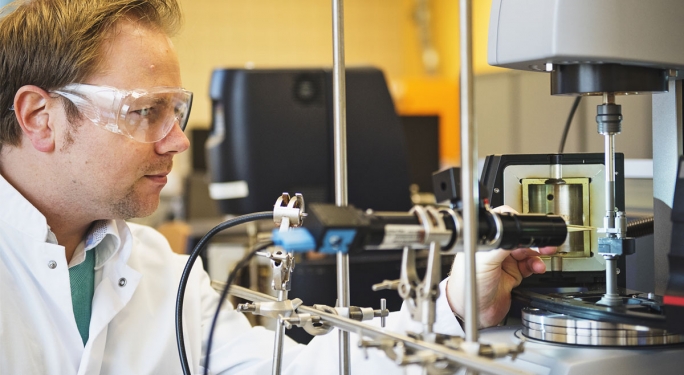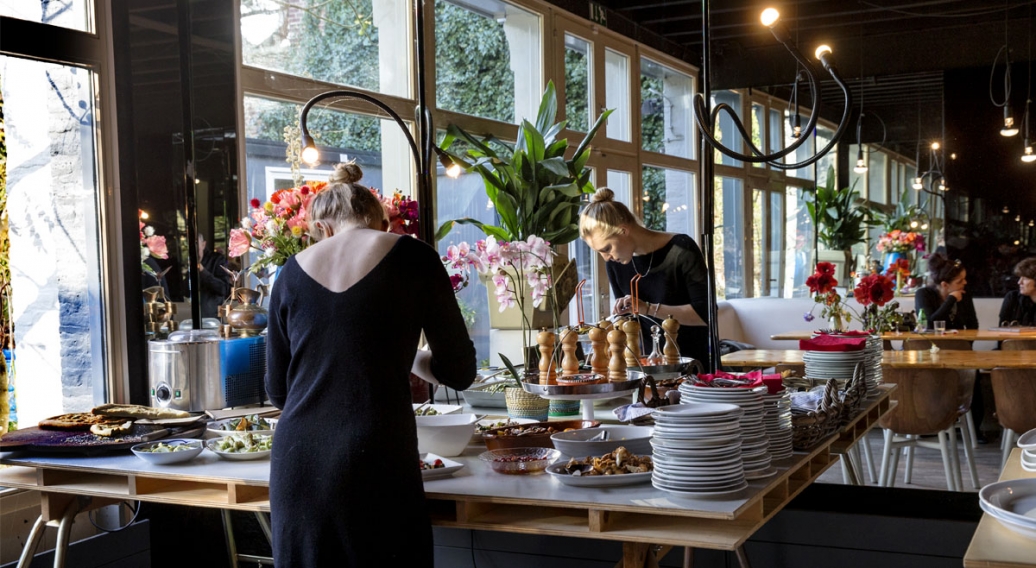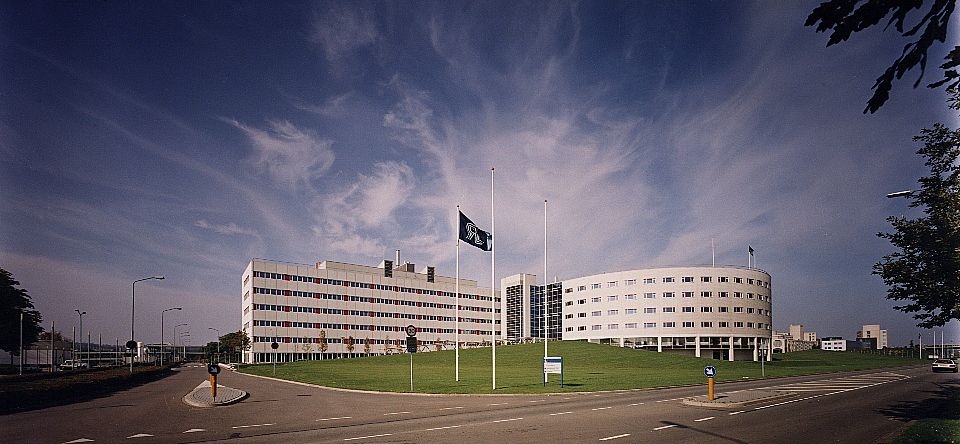Working in Maastricht

Over the past decades, Maastricht has changed from a quiet provincial capital to a vibrant, international student city with a renowned university medical centre, a health campus, numerous start-ups, a city centre with enormously divers shopping possibilities, beautiful hotels, countless terraces and many artists who start a studio in town after they graduate.
In total almost 20 percent of the Maastricht population (more than 122.000 inhabitants) are involved with higher education in the city – Zuyd Hogeschool and Universiteit Maastricht – as students or employees.
History becomes future
Maastricht University, Zuyd University of Applied Sciences and the Maastricht MUMC have taken the initiative for Kennis-As, a strategic ten-year programme to strengthen the social and economic structure in Limburg.
Central to Kennis-As is the reinforcement and connection of the four Limburg campuses that are generally regarded the current and future flywheels of the economic development. Kennis-As also stimulates a healthy and vital population.
Kennis-As dovetails with the nationwide programme Brainport 2020, aimed at transforming the south-eastern Netherlands into a knowledge economy of international stature in the fields of biomaterials, agri/food and health. The programme also fits in the European agenda, which explicitly incorporates ageing, health and sustainability.

Kennis-As
Maastricht was the first labour and industry city of the Netherlands. With the foundation of various large industries, from 1830 on the fortress town got a completely new identity. Especially the ceramics factories – founded by Petrus Regout – changed the character of the town into a true production city where many factories were established within the original city walls. Many of those factories are now closed or located outside the city walls, outside Maastricht or even the Netherlands.
The city has succeeded in maintaining the tracks of the former industrialisation. Particularly in the Belvédère area former factory buildings get a public-friendly reallocation – such as a student hotel, cinema, pop platform, FashionLab, presentation institute and studios for beginning designers; there are also plans for a Fashion House.


